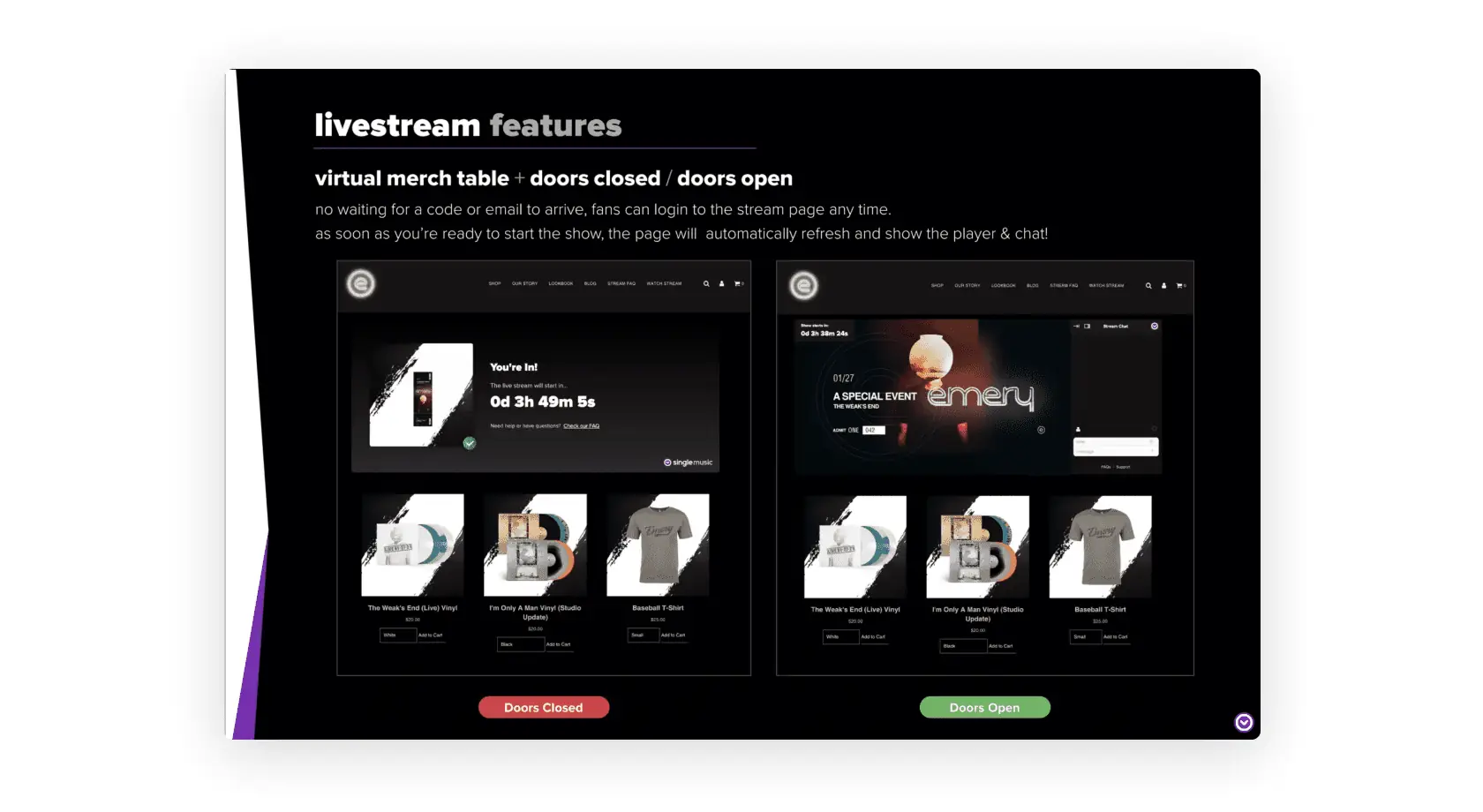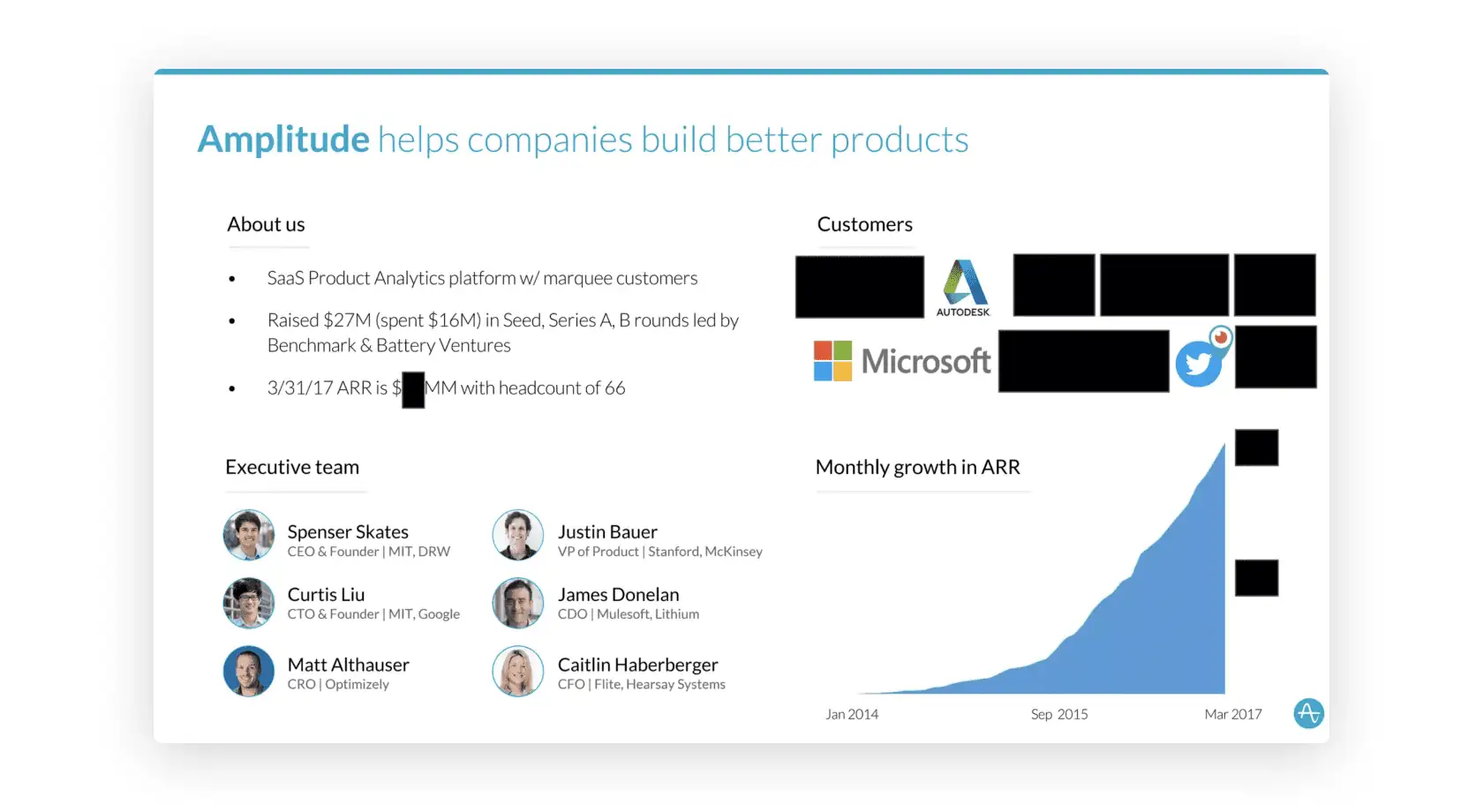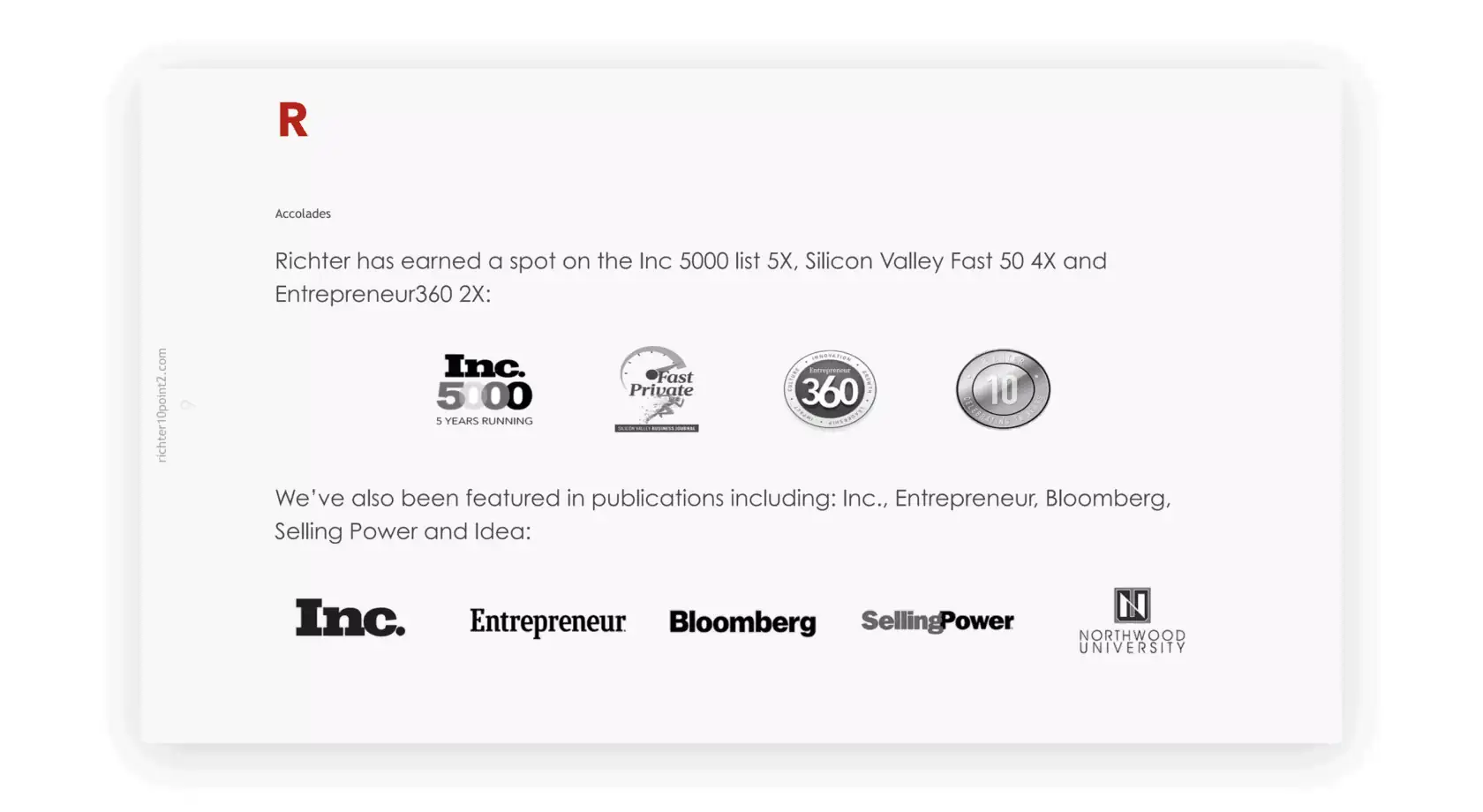Sales decks are powerful tools that enable businesses to communicate their value proposition and key messages to potential customers in a clear and compelling way. It can be used in various contexts, including meetings with investors, sales pitches to clients, and internal team presentations.
In this article, we’ll walk you through the essential components of a winning sales deck so that you can create one for your business.
What is a Sales Deck?
A sales deck is a series of slides used in a sales presentation to showcase a product or service to potential clients or investors. The purpose of a sales deck is to persuade the audience to take a desired action, such as purchasing a product or investing in a company.
What Should a Sales Deck Include?
To create an effective sales deck, you should include key elements that will capture the attention of target audiences and clearly communicate your product’s values. Below are five critical components of a successful sales deck:
1. Product Unique Selling Points
Your product’s unique selling points (USPs) are what set it apart from your competitors. These are the features or benefits that make your product stand out in the market.
USPs are critical to your sales deck because they help you differentiate your product and persuade potential customers to choose it over similar offerings.
When identifying your product’s USPs, ask yourself the following questions:
- What makes your product different from your competitors?
- What problem does your product solve for your customers?
- What unique features or benefits does your product offer?
Your USPs should be clear and concise and presented prominently in your sales deck. Consider using bullet points or infographics to make them easy to understand and remember.
2. Product Benefits that Relate to Prospects
Product benefits are the positive outcomes customers can expect from using your product. When crafting your sales deck, focus on the most relevant benefits to your target audience.
To identify the most compelling benefits of your product, consider the following:
- Who is your target audience?
- What problems or pain points do they have?
- What types of solutions are they looking for?
- How does your product solve those problems?
Make sure your benefits are specific and tangible. For example, instead of saying your solution is “easy to use,” highlight how it can help prospects save weekly hours by automating repetitive tasks.
3. Key Statistics
Key statistics help support the claims you make in your sales deck and provide evidence for your product’s effectiveness. This could include market data, customer success stories, case studies, or industry reports. By showing relevant data, you can build credibility and establish trust with your potential customers.
When choosing statistics to include in your sales deck, think about:
- What metrics are most important to your target audience?
- What data can you use to demonstrate the effectiveness of your product?
- How can you present this data clearly and compellingly?
Ensure your data is accurate and up-to-date to your audience. Also, consider using charts, graphs, or other visual aids to make your data more accessible and understandable.
4. Social Proof
Social proof is evidence that others have used and benefited from your product or service. This could include customer testimonials, case studies, or reviews. By including social proof in your sales deck, you can demonstrate that your product has a track record of success and satisfied customers.
Think about:
- What type of social proof is most meaningful to your target audience?
- Which testimonials or case studies best demonstrate the effectiveness of your product?
- Is there any award or recognition your company has received?
- How can you present this social proof in a convincing way?
5. Visuals
Visual aids can help to make your sales deck more engaging and memorable. Here are some types of visuals that you can include in your sales deck:
- Images: Use high-quality images to illustrate your points and make your sales deck more visually appealing.
- Infographics: Infographics are a great way to break down complex concepts into understandable chunks.
- Charts and graphs: These can help highlight key points and catch your audience’s attention.
- Videos: Videos effectively bring your product to life and communicate product benefits.
Tips to Create a Winning Sales Deck
Follow these tips to improve your sales deck:
1. Make it Personalized
A personalized sales deck shows your prospects that you’ve taken the time to understand their unique needs and challenges. It also demonstrated that you’ve crafted a solution specifically for them.
To make your sales deck more personalized, start by researching your prospects. What are their pain points? What are their goals? What challenges do they face in their industry? Once you understand your prospects well, you can begin to tailor your messaging and content to their expectations.
Some other ways to personalize your sales deck include:
- Using personalized imagery: Instead of generic stock photos, use images that reflect your prospect’s industry, location, or interests.
- Incorporating their brand: If your prospect has a well-known brand, incorporate their logo or brand colors into your sales deck to show that you are paying attention to their unique identity.
- Using their language: Use the same terminology and language your prospects use in their industry. This shows that you understand their business and can speak their language.
2. Add Interactive Elements
Another tip for creating a winning sales deck is to add interactive elements. Interactive elements engage your audience and make your sales deck more memorable. They also allow your prospects to interact with your content and ask questions, which can lead to more productive conversations.
You can use videos or interactive infographics to create interactions. Quizzes are also a great option. For example, you could create a quiz that helps prospects understand their problem and then show recommended solutions.
3. Keep It Short
Prospects will likely lose interest if your sales deck is too long. Instead, focus on creating a concise and compelling message that gets to the point quickly.
To keep your sales deck short, focus on the following:
- Avoid long paragraphs or detailed explanations. Use short, punchy sentences.
- Use bullet points to break up long paragraphs and make your content more scannable.
- Use images, graphs, and charts to make your point without relying on lengthy explanations.
Sales Deck Examples
Check out the following sales deck for inspiration:
1. SingleMusic Sales Deck
Why it worked:
- Utilize bullet points and images to showcase the best features
- Mention well-known business partners and their logos, plus famous artists who are using their platform
2. Amplitude Sales Deck
Why it worked:
- Starts the deck with social proof (team members and customers)
- Explain the issue many companies are facing and then explain why Amplitude can solve it
3. Strategic Relations Sales Deck
Why it worked:
- Take advantage of social proof, including annual rankings by notable magazines and press features.
- Show contact details in the last slide, making it easier for prospects to contact
Build Your Sales Deck Today
Creating a sales deck takes time and effort, but it’s essential to your sales and marketing strategy. By following these tips, you can build a sales deck that effectively communicates your value proposition and helps you close more deals.



